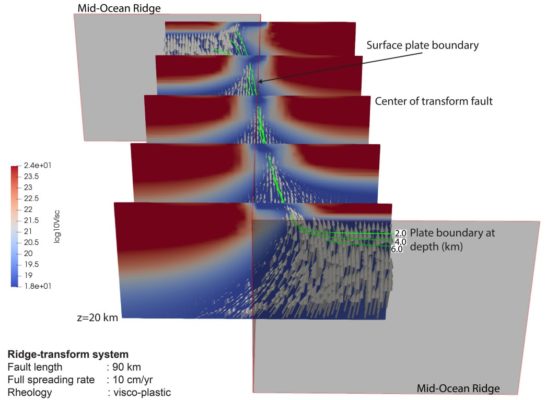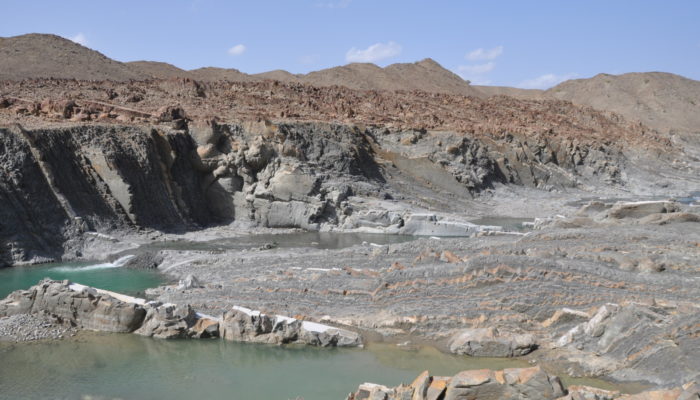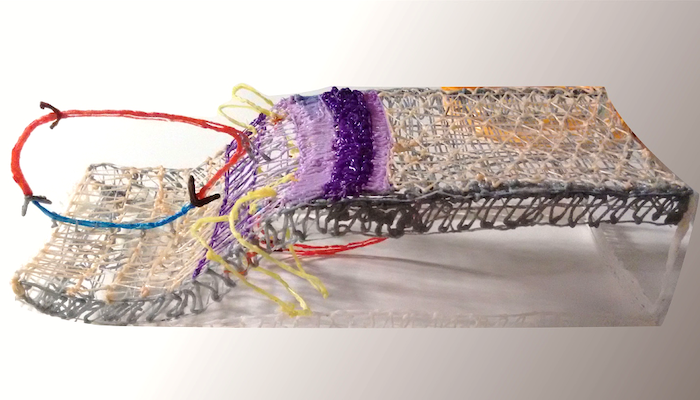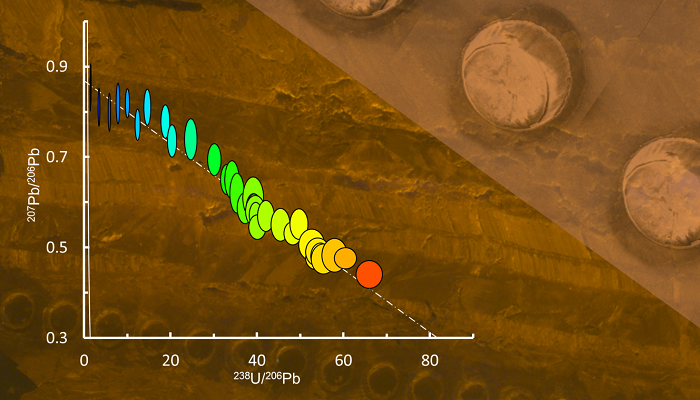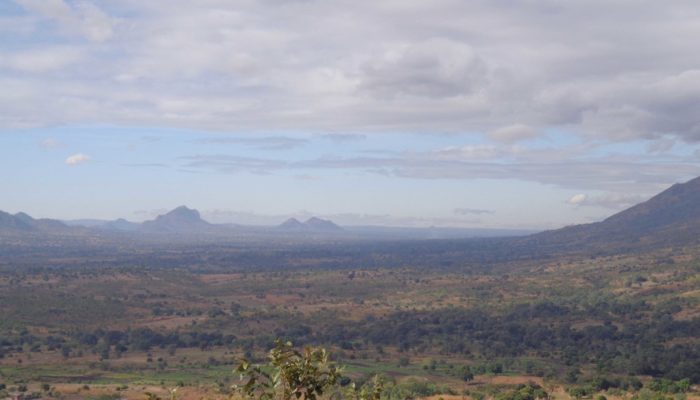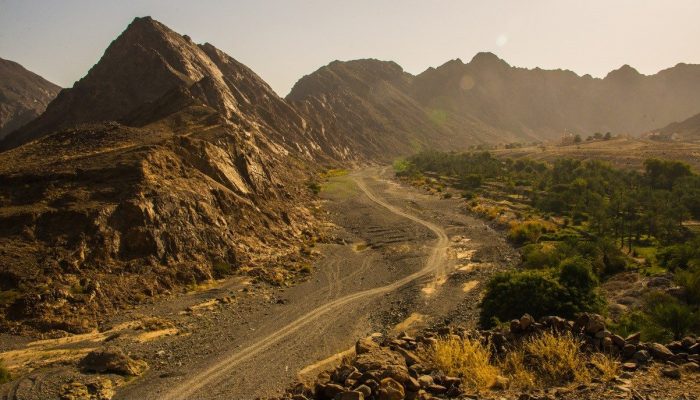Yu Ren is a PhD candidate at GEOMAR Helmholtz Centre for Ocean Research Kiel, Germany. He uses three primary tools to study marine tectonics: geomorphology, seismology, and numerical modelling. His PhD project is on the structural and tectonic characterization of oceanic transform faults. Oceanic transform faults (OTFs), usually considered as first-order tectonic segmentation of mid-ocean r ...[Read More]
Extensional tectonics at oceanic transform faults: a new perspective on plate tectonics
